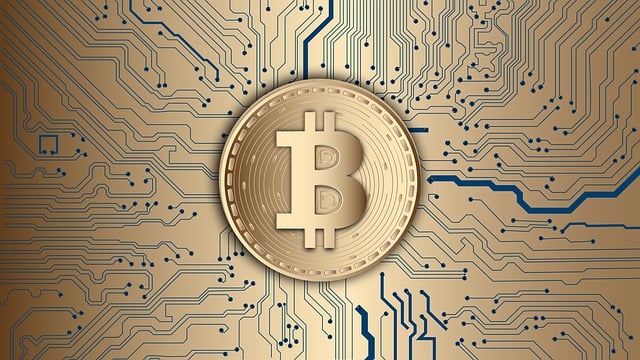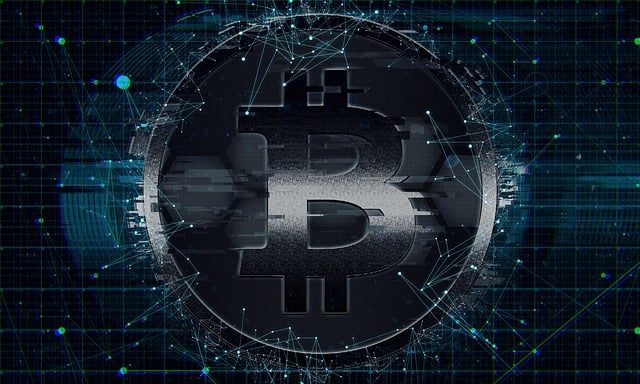Decentralized Finance (DeFi) lending platforms offer attractive investment opportunities during periods of low interest rates, providing higher returns compared to traditional avenues. Using blockchain technology and smart contracts, DeFi enables peer-to-peer lending without intermediaries, offering global accessibility and flexibility. However, investors face challenges like asset volatility and smart contract vulnerabilities. To mitigate risks, investors should conduct thorough research, diversify investments, stay informed about market trends, and adopt a long-term perspective.
Decentralized finance (DeFi) lending platforms are transforming traditional financial systems by offering accessible, transparent, and peer-to-peer borrowing and lending solutions. In an era of low interest rate periods, these platforms provide alternative investment opportunities, empowering individuals to maximize returns on their funds. This article explores the foundational concepts of DeFi lending, its distinct advantages during economic downturns, and the crucial risks investors should consider before participating in this innovative financial landscape.
- Understanding Decentralized Finance (DeFi) Lending Platforms
- Advantages of DeFi Lending during Low Interest Rate Periods
- Risks and Considerations for Investors in DeFi Lending Platforms
Understanding Decentralized Finance (DeFi) Lending Platforms

Decentralized Finance (DeFi) lending platforms have emerged as a revolutionary force in the world of investment, offering alternative options during times of low interest rates. Traditional financial systems often struggle to provide competitive returns when central bank policies suppress borrowing costs, but DeFi platforms leverage blockchain technology to create peer-to-peer lending markets. These platforms allow investors to directly lend funds to borrowers without intermediaries like banks, enabling higher interest rates and potentially better returns for lenders.
In a DeFi lending ecosystem, smart contracts play a crucial role in automating the lending process. They define the terms of agreements between lenders and borrowers, ensuring transparency and security. This decentralization eliminates many of the risks associated with traditional banking, as funds are not concentrated in a single entity. As a result, investors can access a global pool of borrowers, diversifying their portfolios and mitigating counterparty risk during economic downturns or periods of low interest rates.
Advantages of DeFi Lending during Low Interest Rate Periods

During periods of low interest rates, decentralized finance (DeFi) lending platforms offer a compelling alternative to traditional investment avenues. One significant advantage is the potential for higher returns on deposits compared to bank accounts or government bonds that offer minimal rates. DeFi protocols can provide more attractive yields through innovative mechanisms like compound interest, where earnings are reinvested and earn additional returns, fostering growth even in a low-rate environment.
Additionally, DeFi lending allows for greater accessibility and flexibility. Users can participate from anywhere with an internet connection without needing intermediaries like banks. This democratizes access to lending services, enabling individuals to lend their funds directly to borrowers and earn interest. The transparency and security of blockchain technology ensure safe transactions, while the decentralized nature of these platforms provides users with more control over their assets.
Risks and Considerations for Investors in DeFi Lending Platforms

In the realm of decentralized finance (DeFi) lending platforms, investors face unique risks and considerations, especially during periods of low interest rates. As traditional financial institutions reduce borrowing costs, DeFi platforms often lure users with significantly higher returns on their deposits. However, this allure comes with inherent dangers. The volatility of blockchain assets, smart contract vulnerabilities, and the lack of regulatory oversight can expose investors to substantial losses. Moreover, the decentralized nature means that there’s no central entity to bail out investors in case of platform failure or hack.
Investment strategies during times of low interest rates require a nuanced approach. Investors should thoroughly research platforms, understanding their underlying technology, risk management strategies, and audit reports. Diversification is key; spreading investments across multiple DeFi lending protocols can mitigate risks associated with any single platform. Additionally, staying informed about market trends, keeping an eye on regulatory developments, and adopting a long-term perspective are essential practices for navigating the dynamic landscape of DeFi lending.
Decentralized finance (DeFi) lending platforms offer a promising alternative investment strategy during times of low interest rates, providing borrowers with greater access to capital and investors with diverse opportunities. However, as with any emerging market, there are inherent risks that must be carefully considered. By understanding the advantages and potential pitfalls, investors can navigate DeFi lending platforms with informed decision-making, leveraging the benefits while mitigating the risks associated with this innovative financial system.
